TABLE OF CONTENTS

Simplified
TAI CHI CHUAN
24 Postures
with Applications
AND
Standard
48 Postures
LIANG, SHOU-YU AND WU, WEN-CHING
YMAA Publication Center, Inc.
Wolfeboro, NH USA
YMAA Publication Center, Inc.
PO Box 480
Wolfeboro, NH 03894
800 669-8892
Paperback
ISBN: 9781594392788 | Ebook
ISBN: 9781594392795 | Enhanced Ebook
ISBN: 9781594392917 |
All rights reserved including the right of reproduction in whole or in part in any form.
Second edition, revised. Copyright 1993, 1996, 2014 by Liang, Shou-Yu and Wu, Wen-Ching
Cover design by Axie Breen
Copyedit by Dolores Sparrow and T. G. LaFredo
Proofreading by Sara Scanlon Indexing by Susan Bullowa
Photos by YMAA unless noted otherwise.
Figures on pages 39, 40, 43, 45, and 47 modified by Axie Breen from original images copyright 1994 by TechPool Studios Corp. USA, 1463 Warrensville Center Road, Cleveland, OH 44121.
Publishers Cataloging in Publication
Liang, Shou-Yu, 1943
Simplified tai chi chuan : 24 postures with applications and standard 48 postures / Liang, Shou-Yu and Wen-Ching Wu. Second edition, revised. Wolfeboro, NH : YMAA Publication Center, c2014.
p. ; cm.
ISBN: 978-1-59439-278-8 (pbk.) ; 978-1-59439-279-5 (ebk.) ; 978-1-59439-291-7 (enh. ebk.)
Revises the 1996 second edition, issued as: Tai chi chuan: 24 and 48 postures with martial applications.
Includes bibliographical references and index.
Summary: This book is designed for self-study and can help you learn both the Simplified Tai Chi 24 Posture form and the Simplified Tai Chi Chuan 48 Posture form quickly and accurately. With a new and easy-to-follow layout, every movement is presented in 2-4 large photos with to the point instructions.Publisher.
1. Tai chi. 2. Qi (Chinese philosophy) 3. Mind and body. 4. Martial arts. I. Wu, Wen-Ching, 1964- II. Title. III. Title: Tai chi chuan: 24 and 48 postures with martial applications.
GV504 .L487 2014
613.7/148dc23 | 2014930327
1405 |
The practice, treatments, and methods described in this book should not be used as an alternative to professional medical diagnosis or treatment. The authors and publisher of this book are NOT RESPONSIBLE in any manner whatsoever for any injury or negative effects that may occur through following the instructions and advice contained herein.
It is recommended that before beginning any treatment or exercise program, you consult your medical professional to determine whether you should undertake this course of practice.
Warning: While self-defense is legal, fighting is illegal. If you dont know the difference, youll go to jail because you arent defending yourself. You are fightingor worse. Readers are encouraged to be aware of all appropriate local and national laws relating to self-defense, reasonable force, and the use of weaponry, and to act in accordance with all applicable laws at all times. Understand that while legal definitions and interpretations are generally uniform, there are smallbut very importantdifferences from state to state and even city to city. To stay out of jail, you need to know these differences. Neither the authors nor the publisher assumes any responsibility for the use or misuse of information contained in this book.
Nothing in this document constitutes a legal opinion, nor should any of its contents be treated as such. While the authors believe everything herein is accurate, any questions regarding specific self-defense situations, legal liability, and/or interpretation of federal, state, or local laws should always be addressed by an attorney at law.
When it comes to martial arts, self-defense, and related topics, no text, no matter how well written, can substitute for professional, hands-on instruction. These materials should be used for academic study only.
Romanization of Chinese Words
The interior of this book primarily uses the Pinyin romanization system of Chinese to English. In some instances, a more popular word may be used as an aid for reader convenience, such as tai chi in place of the Pinyin spelling, taiji . Pinyin is standard in the Peoples Republic of China and in several world organizations, including the United Nations. Pinyin, which was introduced in China in the 1950s, replaces the older Wade-Giles and Yale systems.
Some common conversions are found in the following:
| Pinyin | Also spelled as | Pronunciation |
|---|
| qi | chi | ch |
| qigong | chi kung | ch gng |
| qin na | chin na | chn n |
| jin | jing | jn |
| gongfu | kung fu | gng foo |
| taijiquan | tai chi chuan | t j chn |
For more information, please refer to The Peoples Republic of China: Administrative Atlas, The Reform of the Chinese Written Language , or a contemporary manual of style.
Formats and Treatment of Chinese Words
The first instances of foreign words in the text proper are set in italics. Transliterations are provided frequently: for example, Eight Pieces of Brocade (Ba Duan Jin,  ).
).
Chinese persons names are mostly presented in their more popular English spelling. Capitalization is according to the Chicago Manual of Style 16th edition. The author or publisher may use a specific spelling or capitalization in respect to the living or deceased person. For example: Cheng, Man-ching can be written as Zheng Manqing.
Photographs
Many photographs include motion arrows to help show the starting position of the body motion. Front view, rear view, or mirror image photographs are occasionally used as an additional aid for posture movements.
Foreword by
Grandmaster Wang, Ju-Rong
Taijiquan (tai chi chuan) is a blooming flower among todays garden of Chinese wushu styles. It has been under constant refinement and enrichment over the long history of Chinese martial arts development. It is like an old branch blossoming with new flowers. Its fragrance flows far and wide, over the oceans and over the mountain peaks, to become an international health-strengthening exercise. People are becoming familiar with taijiquan and are falling in love with it.
Since Chen, Yang, W, Wu, and Sunthe five major taijiquan stylesbecame known to the world, many new sequences have been compiled. Among them are the 24 and the 48 Posture Taijiquan, which have received broad acclaim both in and outside of China. They have been meritorious in promoting and developing taijiquan since the 1950s. Both sequences have paved the way for millions of taijiquan enthusiasts to enter the broad palace of taijiquan by erasing its mysterious, complex, monotonous, and obscure appearance. All over Chinese cities and countrysides, people are practicing the 24 and 48 Posture Taijiquan. Public health, education, and physical education departments all include taijiquan as an important part of their curriculum. Many nations and areas all over the world, including Japan, the United States, Europe, and Southeast Asia, all have taijiquan activities. Many nations have established taijiquan organizations, and periodically return to China to learn and to share their experience.

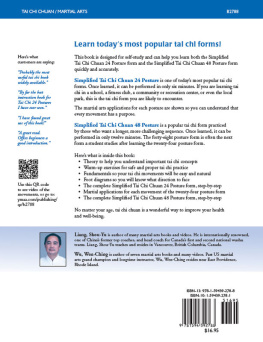

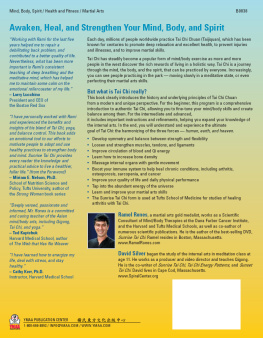
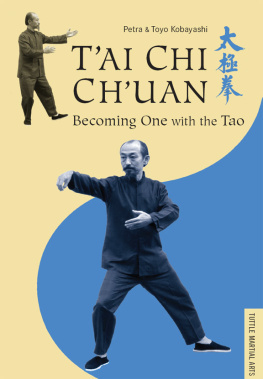
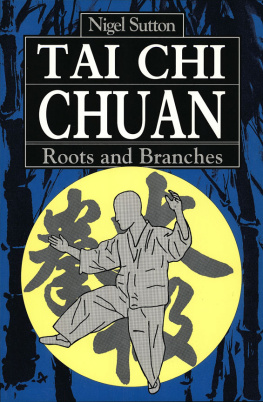
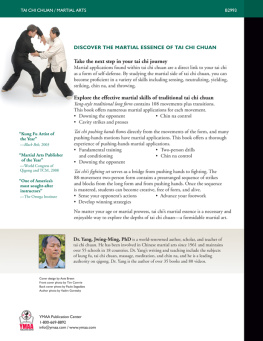
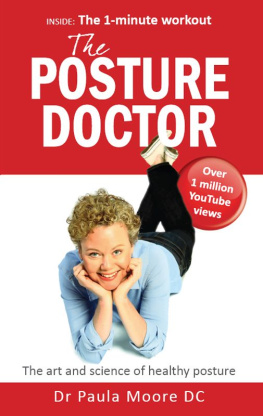
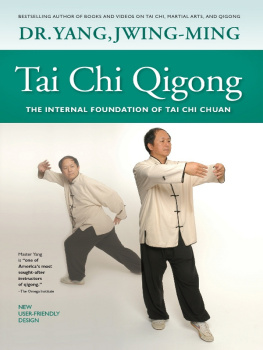
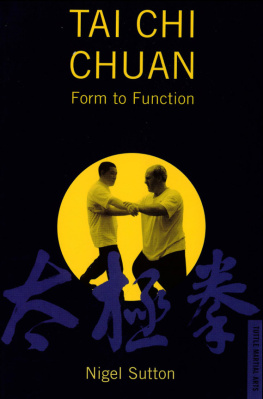
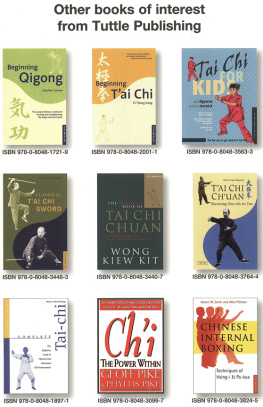



 ).
).